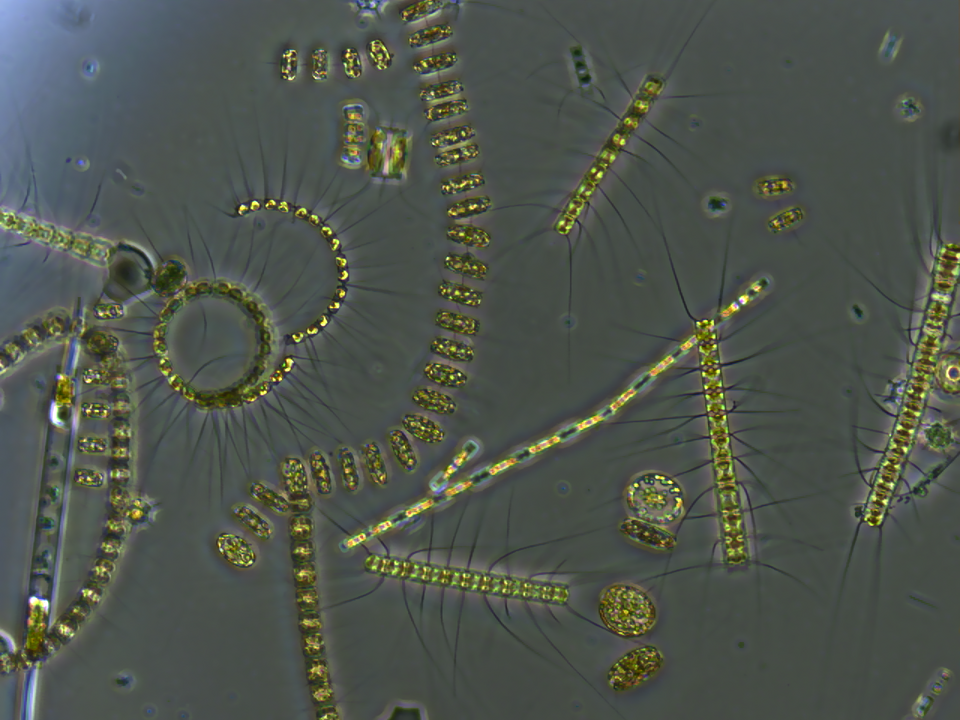95% of the planet’s biomass is invisible to the naked eye, and most of it is plankton, very tiny plants (phytoplankton such as microalgae) and animals (zooplantkon such as copepods) that live in the water surface area. Microalgae not only form the base of the aquatic food web, but are also the most important origin of the air we breathe (half of the world’s oxygen is produced by microalgae) and of climate stability (half of the global carbon dioxide is absorbed by microalgae).
Furthermore, the much-praised long-chain omega-3 fatty acids found in fish originate from plankton and are only enriched in fish along the food web. If you are looking for pure long-chain omega-3 fatty acids, you do not necessarily have to eat a lot of fish; you can simply take microalgae-based capsules.
Pierre Mollo, a French researcher and teacher of marine biology, has dedicated his entire life to plankton. In his twenties, when films about marine life made a splash, he asked film-makers why they limited themselves to whales, sharks, turtles, and schools of fishes instead of showing the much bigger part of the picture. Eventually, he began filming himself through the lense of his microscope to bring people closer to the fantastic diversity and beauty of plankton. Vulgarisation was also his goal when Mollo founded Océanopolis, the planton observatory in Brest, twenty years ago.
Title picture:
Phytoplankton (credit: Stephanie Anderson / Wikimedia Commons)
Reference:
Pierre Mollo and his Océanopolis


Schreibe einen Kommentar
Du musst angemeldet sein, um einen Kommentar abzugeben.